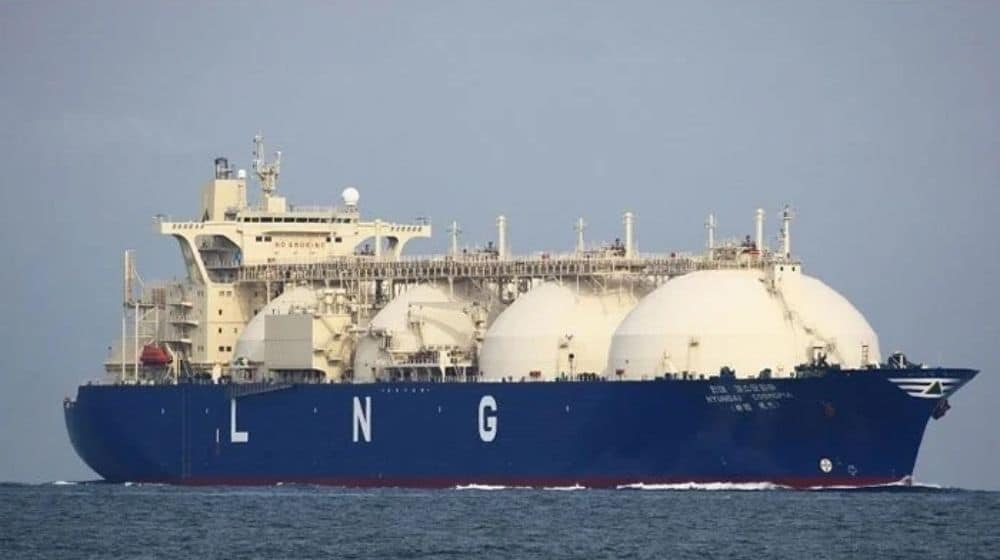To achieve energy sustainability, the Planning Commission has urged the federal government to replace liquefied petroleum gas (LPG) with relatively cheaper liquefied natural gas (LNG).
The Planning Commission’s Energy Planning and Resource Centre (EPRC) has called for raising domestic natural gas prices, taking immediate steps to implement cross-border gas pipeline projects, setting up a third floating LNG terminal, disconnection of gas supply to captive power plants in the industrial sector, and the use of old gas fields to store imported LNG during peak months.
The EPRC has also encouraged the formulation of policy to ideally reflect the LNG-delivered cost in the gas pricing mechanism since the rate regime did not support the LNG basket price for the domestic sector.
It stated that the provision of LNG via pipes in places where there is no gas distribution system would be more economical and accessible than the expensive and toxic LPG.
The body also discussed that the supply of LNG via pipelines in places where distribution infrastructure does not exist would be more economical and accessible than LPG. The policy guidance also observed considerable changes in international LNG costs due to a variety of reasons, noting that spot prices of the fuel reached as high as $30.60 per mmBtu the previous year.
The Planning Commission said the country’s current gas price regime was not financially sustainable, as it has resulted in a deficit in annual cost recovery, the building of gas circular debt, and a burden on the public sector’s LNG-importing enterprises. It proposed consumer prices be revised ” as per the market dynamics, including LNG” to offset the considerable revenue shortfall.
In terms of storage, the Energy Planning and Resource Centre noted that the country’s available terminal capacity can accommodate LNG imports until 2025, based on current and expected peak demand for LNG. In this purview, a new terminal with a minimum capacity of 600 million cubic feet per day (mmcfd) is needed to meet the estimated import requirement of 1,900 mmcfd by 2030.
On other means to cut energy costs, the report encouraged local authorities to pursue pipeline imports of natural gas from adjacent countries like Iran to lessen its reliance on costly LNG imports from spot markets thousands of miles away.





















